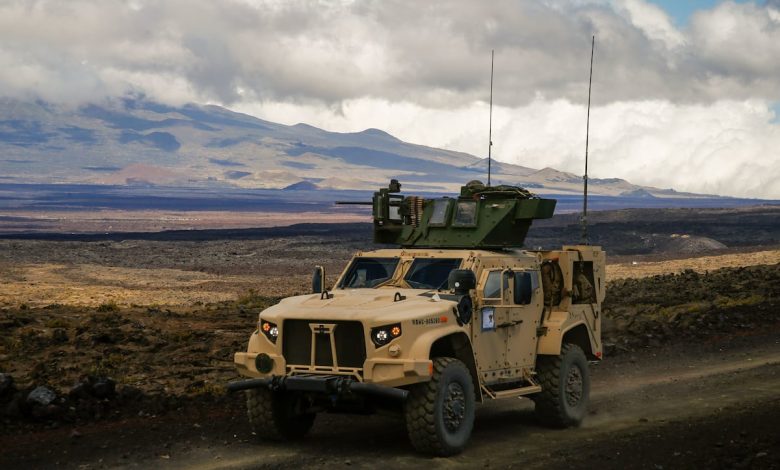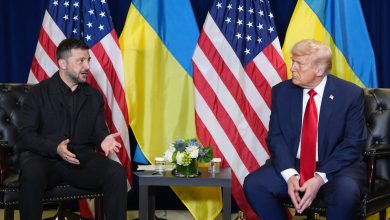Army promises to deliver analysis on sweeping changes in 10 days

U.S. Army Secretary Daniel Driscoll promised Congress today the service would show its homework in 10 days on how it decided to consolidate commands, restructure formations and cancel or restructure a slew of weapons programs.
In a memo to the Army, the service secretary announced in early May that major change was underway and dubbed it the Army Transformation Initiative.
Yet many of the decisions laid out in the document lacked clear analysis behind them, such as a plan to consolidate Army Futures Command and Training and Doctrine Command into one entity and cancel programs just as they were crossing the finish line like the M10 Booker light tank and the Robotic Combat Vehicle
Driscoll tallied the amount of spending planned over the next five years for programs the service will cancel or reorient to roughly $48 billion. The service will reallocate funding into innovative efforts to transform the Army into a highly mobile and lethal force, service leaders are saying.
“I agree the Army must change and modernize how it fights and must take into account significant changes in technology,” Sen. Chris Coons, the highest-ranking Democrat in the Senate Appropriations Committee’s defense subcommittee said in a June 18 hearing.
“But, bluntly, months after you’ve announced the Army Transformation Initiative, this committee hasn’t received detailed or substantive analysis as to why the Army is planning to cancel or reduce 12 programs of record, consolidate or reduce staffing at 21 commands or how the investments you’re proposing will significantly enhance battlefield lethality,” he said.
Coons pressed Driscoll for a timeline to deliver more answers to congressional committees.
“We’d be happy to come by any time, but I think very specifically, you will have that detail within 10 days,” Driscoll said.
While Senate appropriators largely agreed a transformation is necessary for effective deterrence of major adversaries, many were skeptical over a variety of decisions the Army has made as part of the initiative.
“We don’t serve either the taxpayer or the common defense with blank checks for vaguely defined priorities. We want to see the analysis behind the specific bets the Army wants to place on ATI. We want to understand the second order effects on industry, other services and allies,” said Sen. Mitch McConnell.
Many decisions made as part of ATI were held in a very close circle prior to the memo’s release. In some cases, the Army left out some program leaders who could have provided deeper analysis including second and third order effects and impact to the industrial base as well as formations.
Driscoll admitted during the SAC-D hearing that other branch services were not consulted ahead of announcing the Army’s intent to cancel joint programs like the Joint Light Tactical Vehicle.
“When that consultation occurs, what would happen is the antibodies in the system come up to stop change,” Driscoll said, “and so when we weighted the decision of, how do we actually get the most likely chance of succeeding, we decided that the best chance was to sync with the Pentagon leadership and the administration and keep it very narrow until after announcement.”
The Army consulted the other services “the night before we announced it and then very soon after it came out,” Driscoll added.
Coons followed up to note the U.S. Marine Corps was “very surprised about the JLTV cancellation” and added that there needed to be “significant adjustments.”
Jen Judson is an award-winning journalist covering land warfare for Defense News. She has also worked for Politico and Inside Defense. She holds a Master of Science degree in journalism from Boston University and a Bachelor of Arts degree from Kenyon College.







